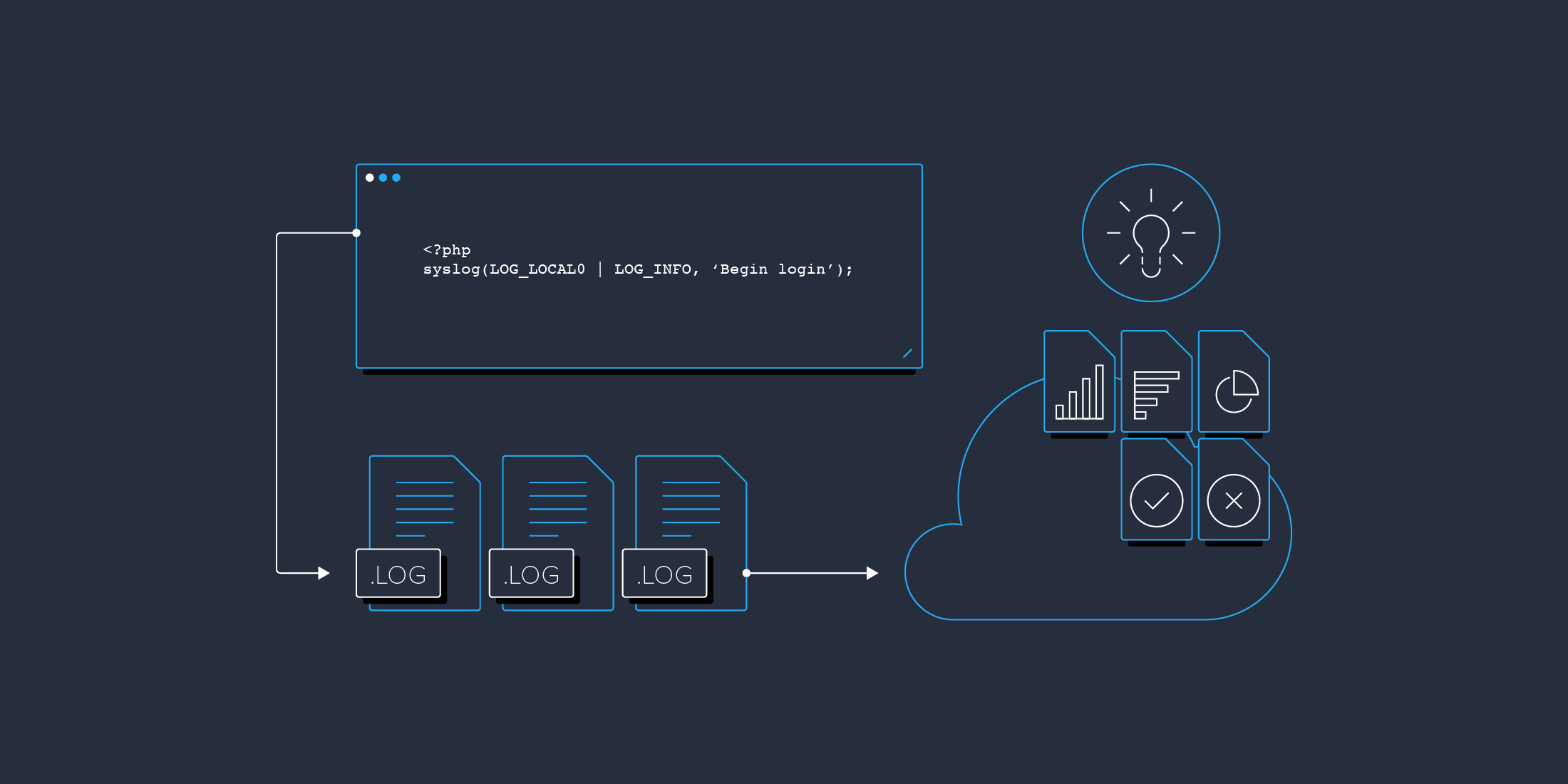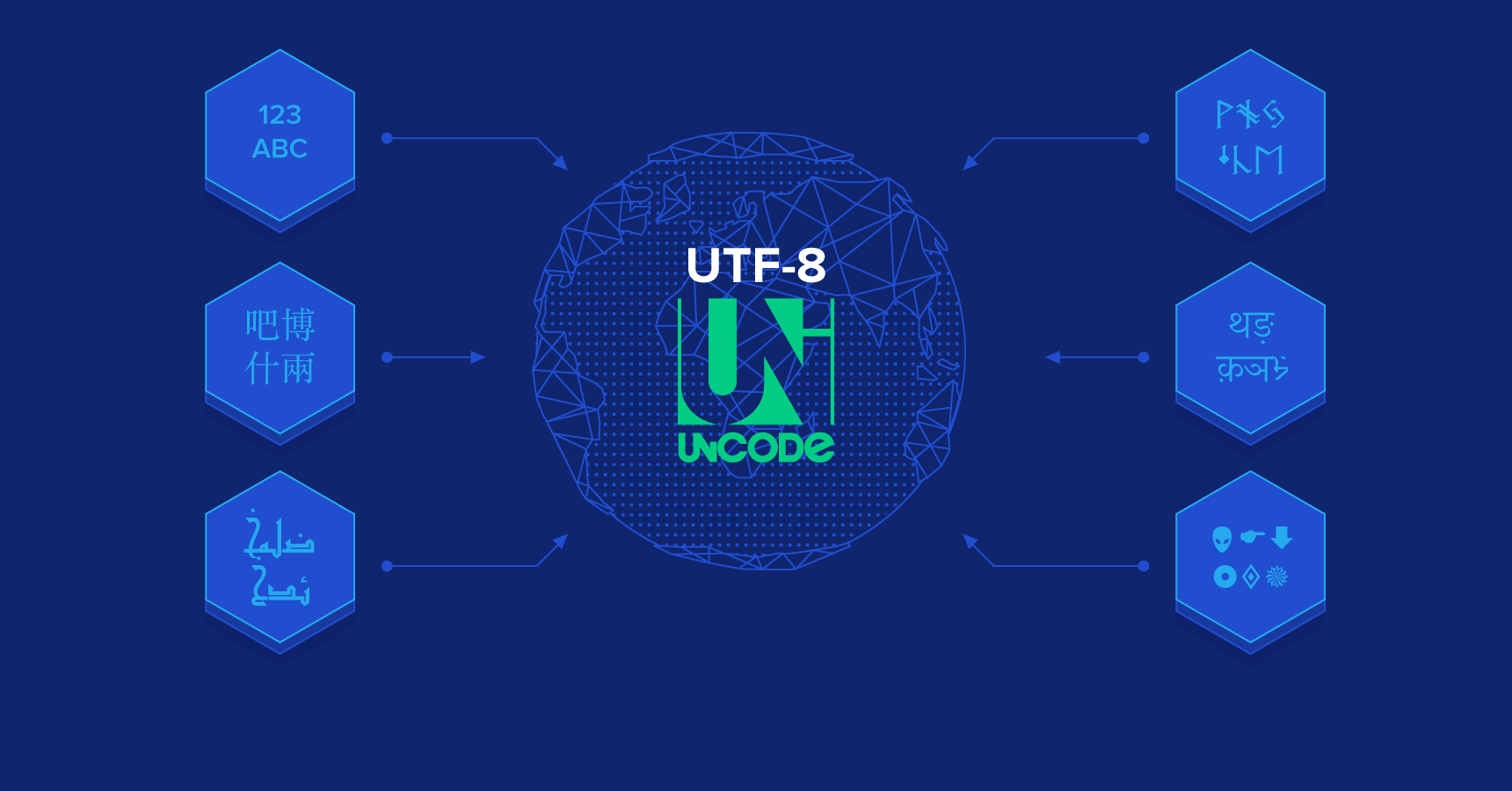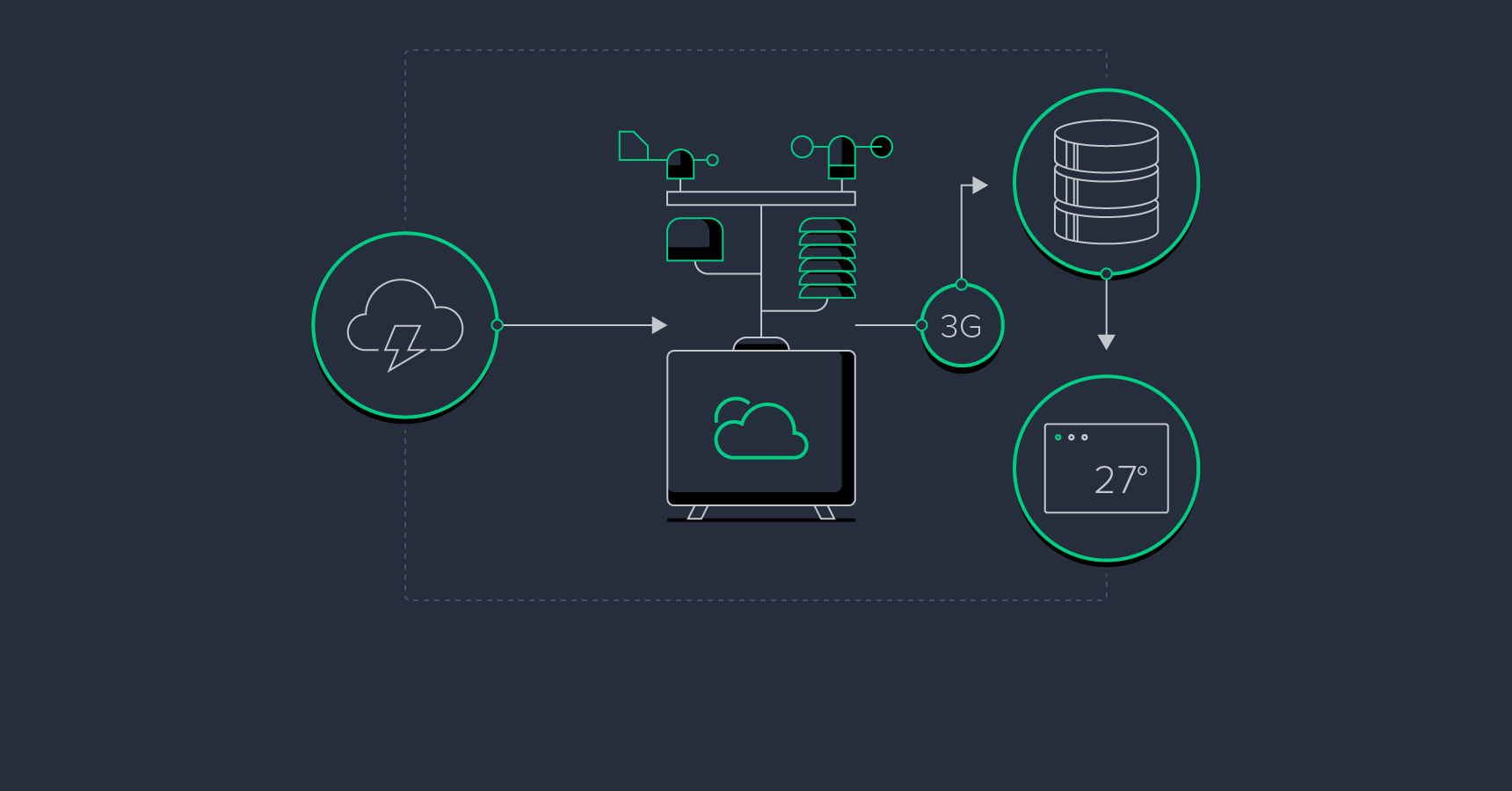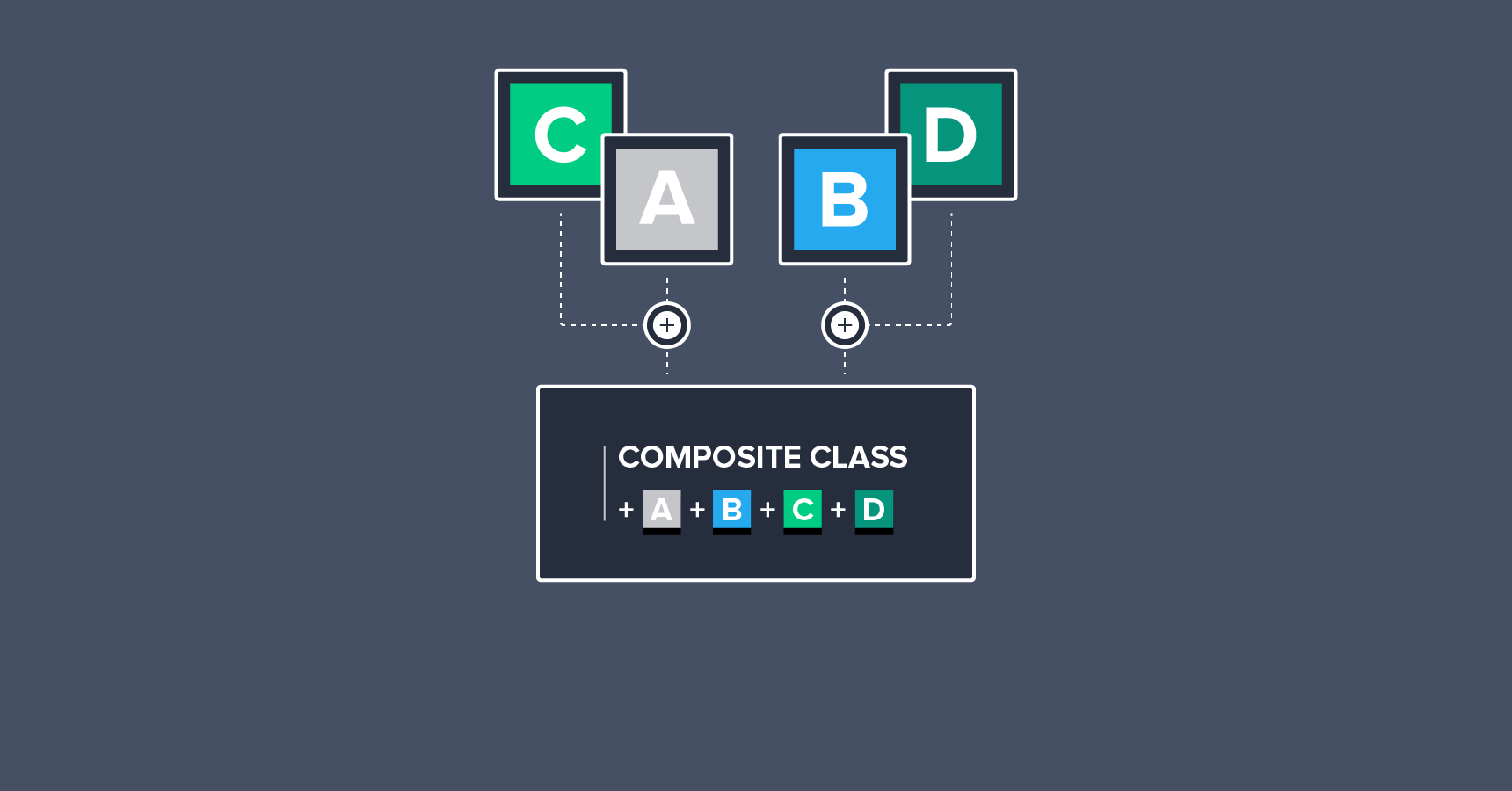Building an IMAP Email Client with PHP
Developers sometimes run into tasks that require access to email mailboxes. In most cases, this is done using the Internet Message Access Protocol, or IMAP. As a PHP developer, I first turned to PHP’s built in IMAP library, but this library is buggy and impossible to debug or modify. So today we will create a working IMAP email client from the ground up using PHP. We will also see how to use Gmail’s special commands.

Artem Galtsev
Building REST API for Legacy PHP Projects
Every once in a while PHP developers are charged with tasks that require them to extend the functionalities of legacy projects, a task that often includes building REST APIs. Building a REST API for PHP-based projects is challenging, but in the absence of proper frameworks and tools, it can also be a particularly difficult goal to get right. In this article, Toptal engineer Arminas Zukauskas shares his advice, with sample code, on how to build a modern structured REST API around existing legacy PHP projects.

Arminas Zukauskas
Getting the Most Out of Your PHP Log Files: A Practical Guide
Log files may very well be one of the most underestimated and underutilized tools at a developer’s disposal. Beyond their value for debugging, with a bit of creativity and forethought, logs files can be leveraged to serve as a valuable source of usage information and analytics. In this article, In this article, Toptal engineer Ilya Sanosyan provides a practical guide to maximizing the value we get from our logs.

Ilya Sanosian
Buggy CakePHP Code: The 6 Most Common Mistakes CakePHP Developers Make
CakePHP is an amazing PHP framework, but it has a steep learning curve! It requires a good amount of research and training to become an expert.
This article describes few bad practices when writing a CakePHP code, and proposes the correct approach to avoid them.

Michael Houghton
My CakePHP 3 Review – Still Fresh, Still Hot
The Cake development team considers CakePHP 3 to be a game changer. With the alpha version of CakePHP 3 now hot out of the oven, this article takes a fresh look at CakePHP as an effective modern framework for PHP development.

Michael Houghton
Buggy PHP Code: The 10 Most Common Mistakes PHP Developers Make
PHP makes it relatively easy to build a web-based system, which is much of the reason for its popularity. But its ease of use notwithstanding, PHP has evolved into quite a sophisticated language, with many nuances and subtleties that can bite developers, leading to hours of hair-pulling debugging. This article highlights ten of the more common mistakes that PHP developers need to beware of.

Ilya Sanosian
A Guide to UTF-8 Encoding in PHP and MySQL
Once you step beyond the comfortable confines of English-only character sets, you quickly find yourself entangled in the wonderfully wacky world of UTF-8.
Indeed, navigating through UTF-8 related issues can be a frustrating and hair-pulling experience. This post provides a concise cookbook for addressing these issues when working with PHP and MySQL in particular, based on practical experience and lessons learned.

Francisco Clariá
How I Made a Fully Functional Arduino Weather Station
I live in Córdoba, Argentina, approximately 130 kilometers (~80 miles) away from the lake where I kitesurf. Thats roughly a two-hour drive, which I can deal with. But I can’t deal with the fact that weather forecasts are inaccurate. And where I live, good wind conditions last just a couple of hours. The last thing you want to do is clear up your Monday schedule to go kitesurfing and find yourself cursing the gods on a windless lake after two hours of driving.
I needed to know the wind conditions of my favorite kitesurfing spot—in real time. So I decided to build my own weather station.

Francisco Clariá
Engineering Internals of a RAD Framework... as a PHP Developer with Nooku
Everyone has their own set of tools. As a PHP developer, one of my favorites is a Rapid Application Development framework called “Nooku”. In the words of the development group: “Nooku is more of a web development toolkit than a framework”
In case you are not familiar with it, have a look. It’s an open source project that makes heavy use of industry accepted design patterns to produce highly componentized applications that are easily extensible and reusable (initially created by one of the lead Joomla developers). Out of the box, Nooku gives you a great deal to help get projects off the ground faster. A small, but strong sample:

Cameron Barr
World-class articles, delivered weekly.
Toptal Developers
- Algorithm Developers
- Angular Developers
- AWS Developers
- Azure Developers
- Big Data Architects
- Blockchain Developers
- Business Intelligence Developers
- C Developers
- Computer Vision Developers
- Django Developers
- Docker Developers
- Elixir Developers
- Go Engineers
- GraphQL Developers
- Jenkins Developers
- Kotlin Developers
- Kubernetes Experts
- Machine Learning Engineers
- Magento Developers
- .NET Developers
- R Developers
- React Native Developers
- Ruby on Rails Developers
- Salesforce Developers
- SQL Developers
- Sys Admins
- Tableau Developers
- Unreal Engine Developers
- Xamarin Developers
- View More Freelance Developers
Join the Toptal® community.








